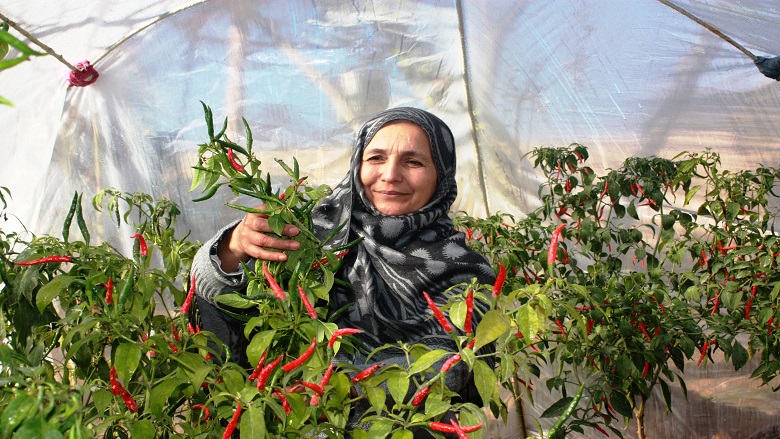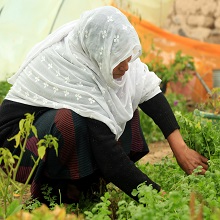A joint report by the Government of Afghanistan and the World Bank Group, Jobs from Agriculture in Afghanistan, explores the agriculture sector’s role in explaining the dynamics of rural employment. The report analyzes three dimensions:
- the current jobs structure in rural areas;
- the inclusive nature of agricultural jobs for vulnerable groups, such as women, youth, and the landless; and,
- the role of public-private sector interventions in supporting job creation in agriculture.
KEY FINDINGS
- The rural economy, however, is not yet equipped to absorb all workers into the labor market. As a result, more than 50 percent of rural youth workers are involved in agriculture and livestock, mostly as unpaid family workers.
- Four out of five female rural workers are unpaid family workers, compared with only one out of five male workers.
- The low share of agricultural income, despite high employment share, is mainly due to limited market participation and the high number of unpaid family workers. Few rural households that own garden plots or raise livestock sell at the market and to earn income. Youth and women constitute a large portion of this unpaid workforce.
- The crop agriculture subsector is not diversified and overly concentrated on wheat. The lack of crop variety has made farm households vulnerable to stagnant or declining wheat prices in local markets. While farmers continue to produce wheat and other food crops for subsistence to ensure food security, the lack of profitability in wheat production may prompt them to cultivate poppy on irrigated land.
- The production of fruits, vegetables, flowers, and livestock have great potential to create more, sustainable, and inclusive jobs if farmers are provided with technical knowledge, financial support, and greater access to market facilities. Commercial production of fruits and nuts, as well as livestock products would increase income and employment, including helping to create new jobs for young workers in related areas. By improving the horticulture and livestock economy, the government could also increase the employment share in food processing.


